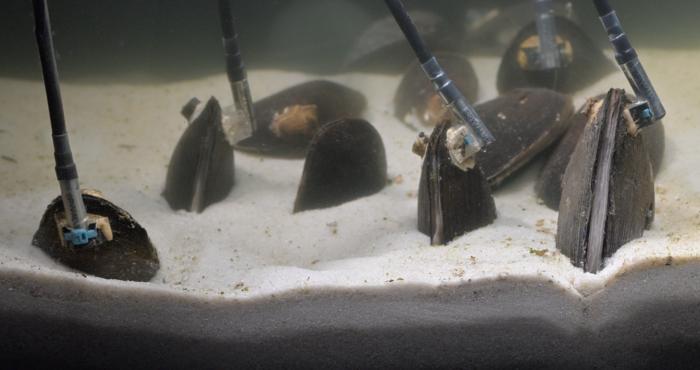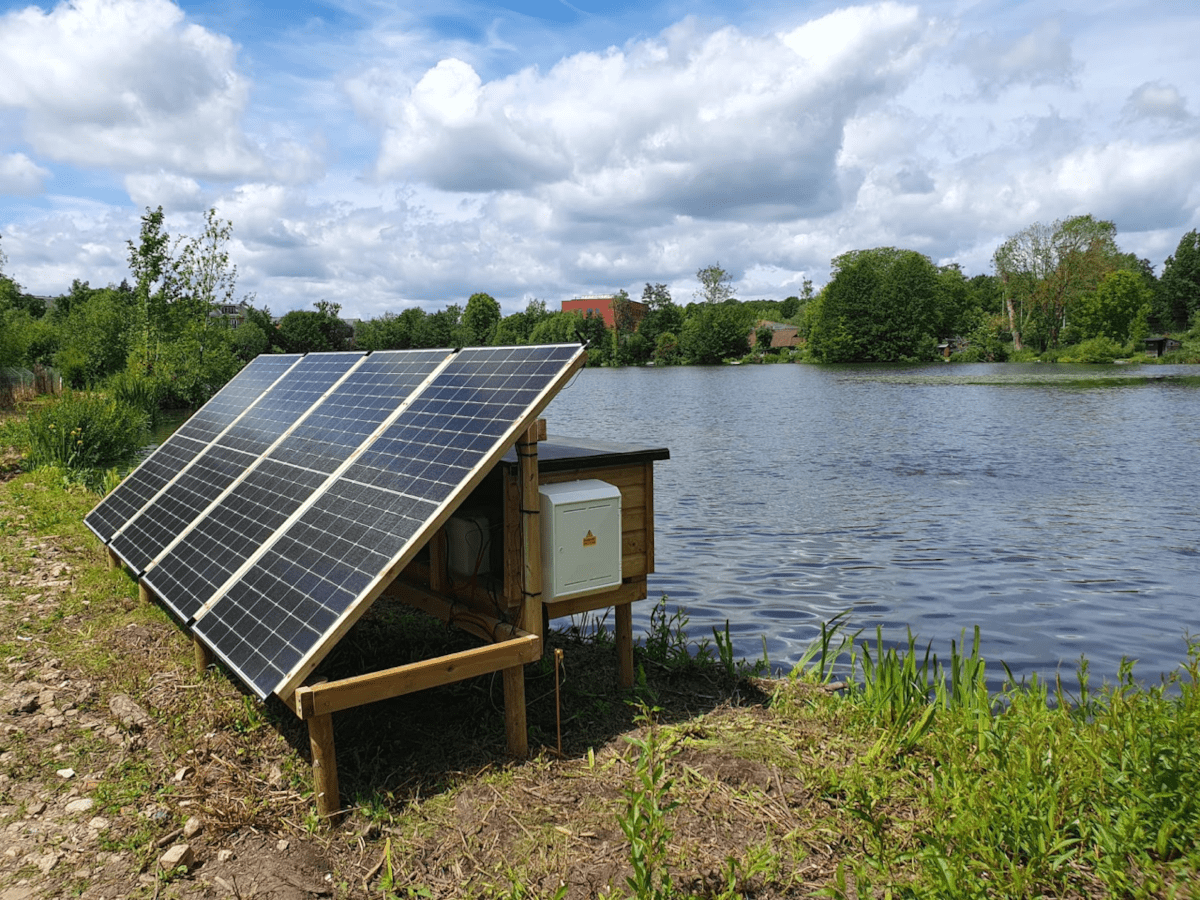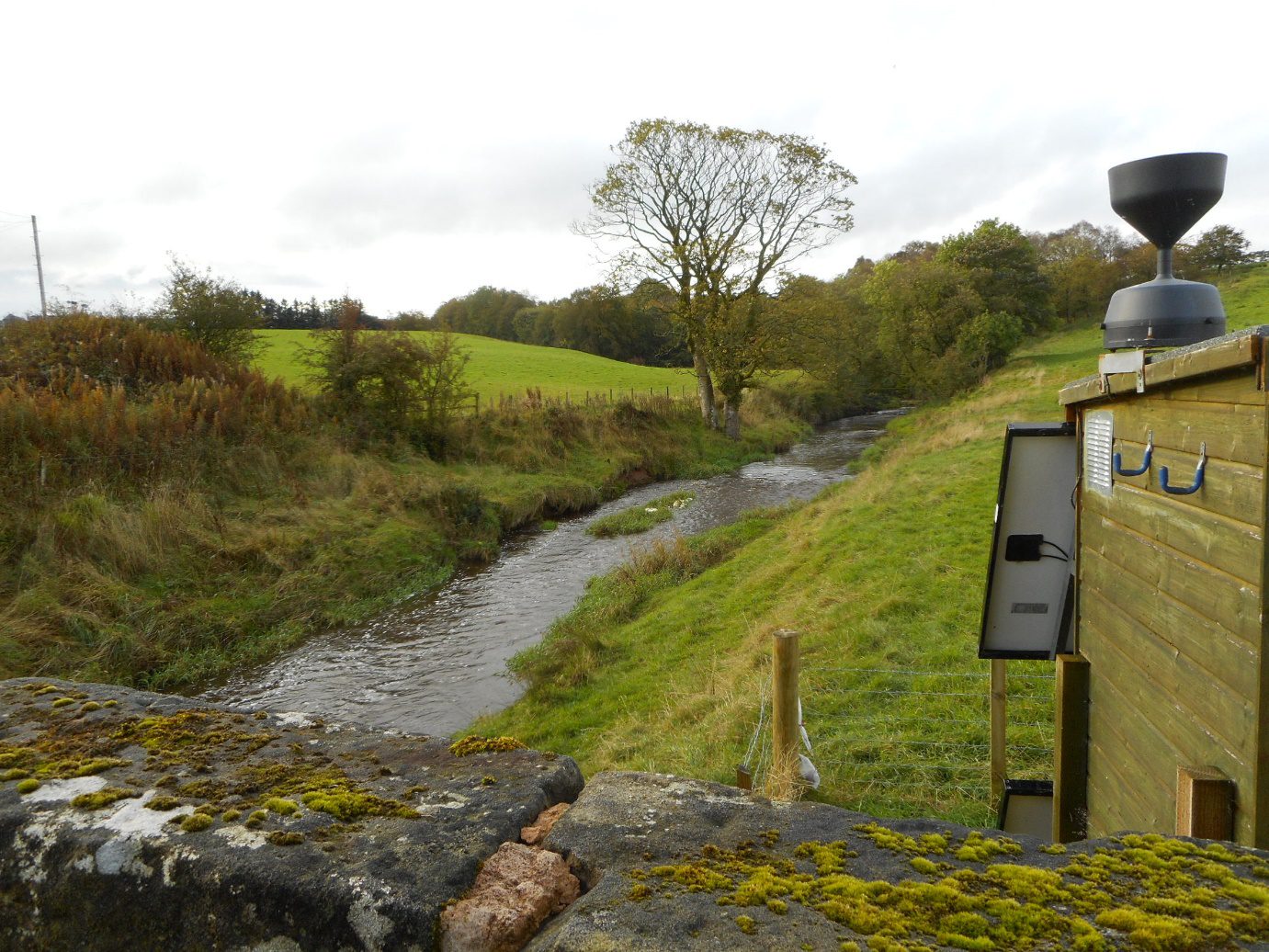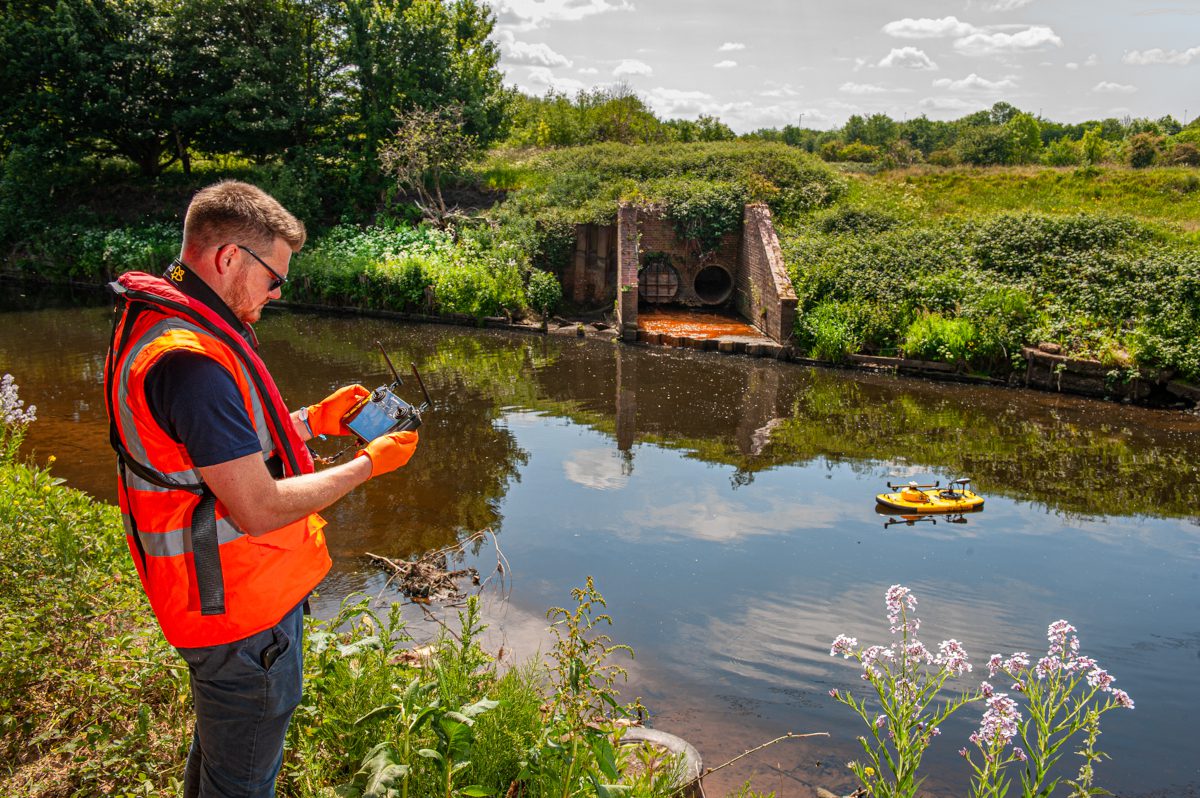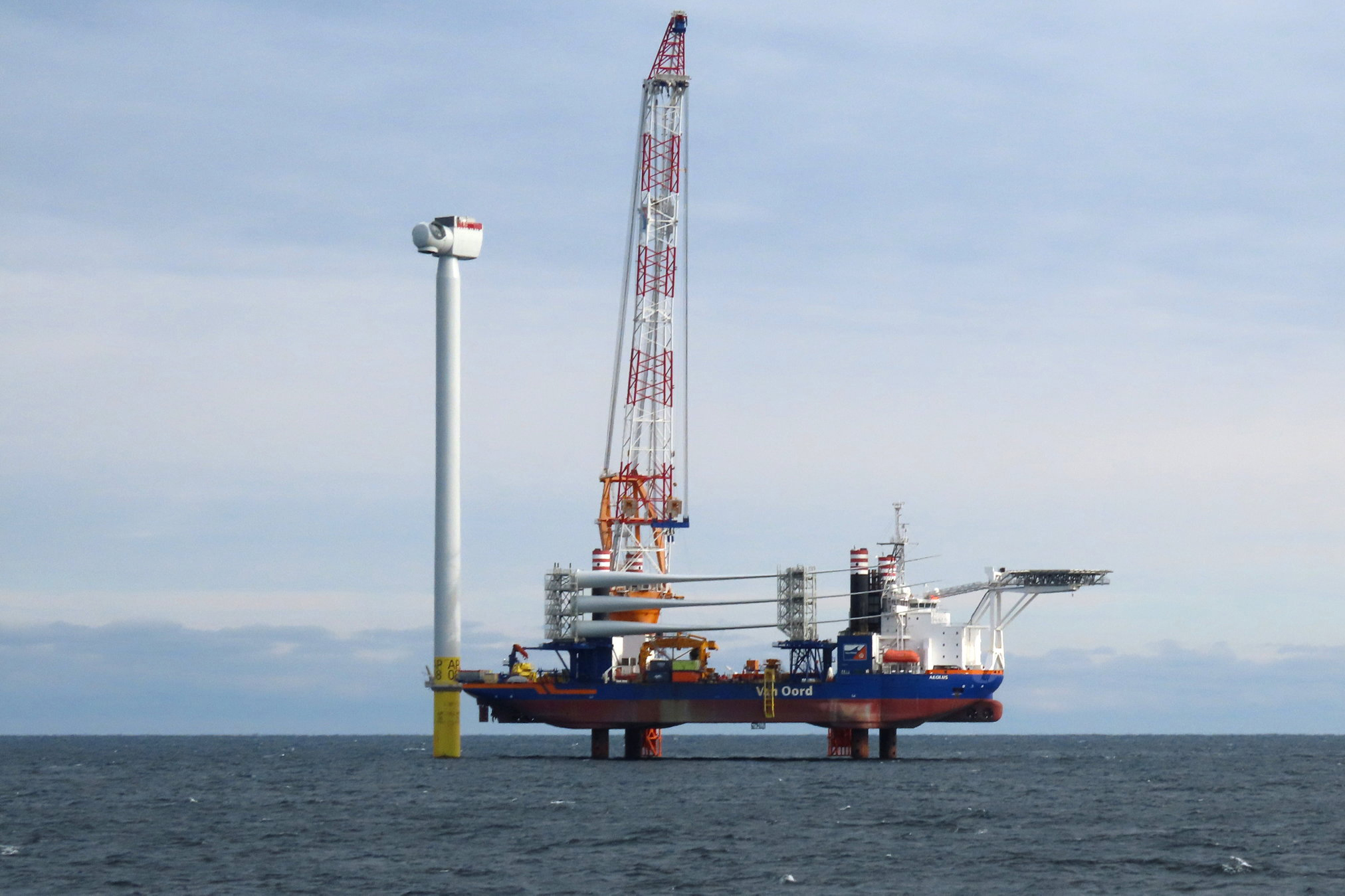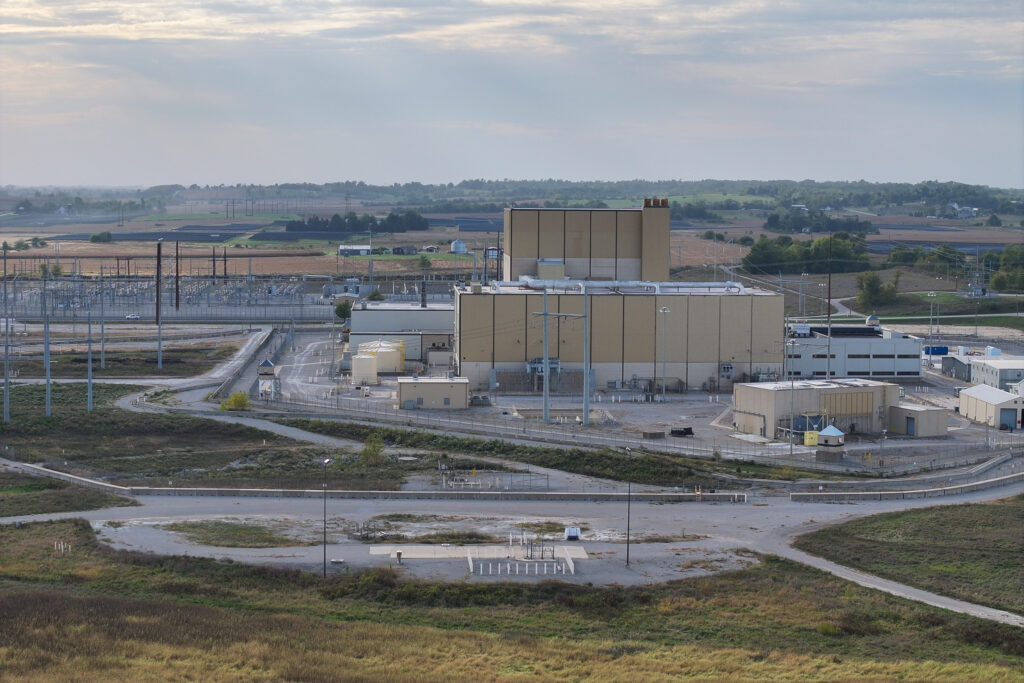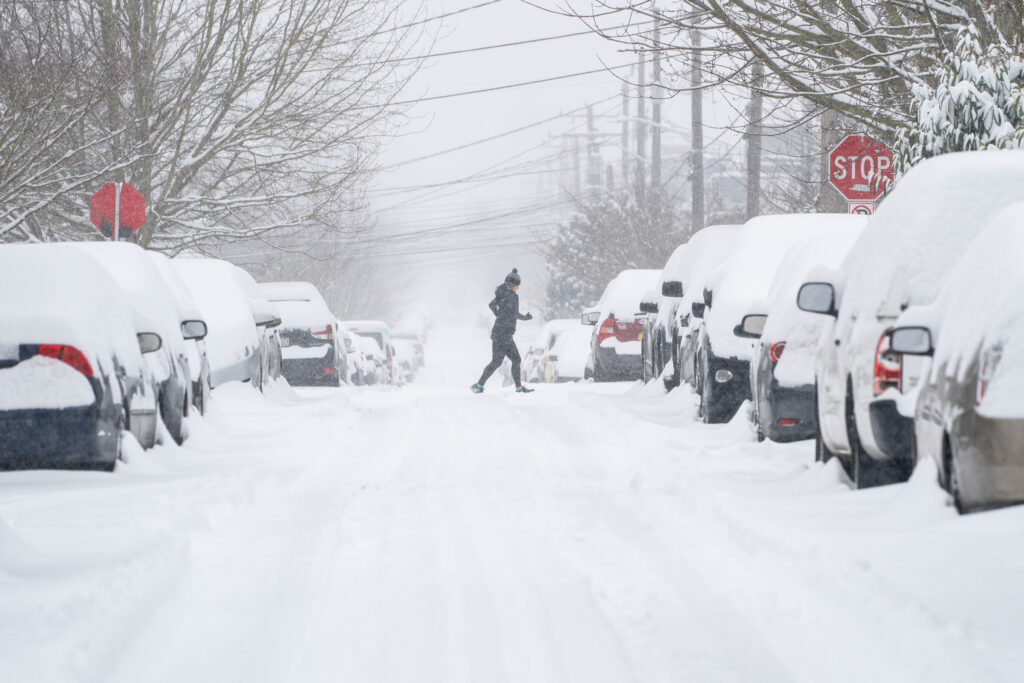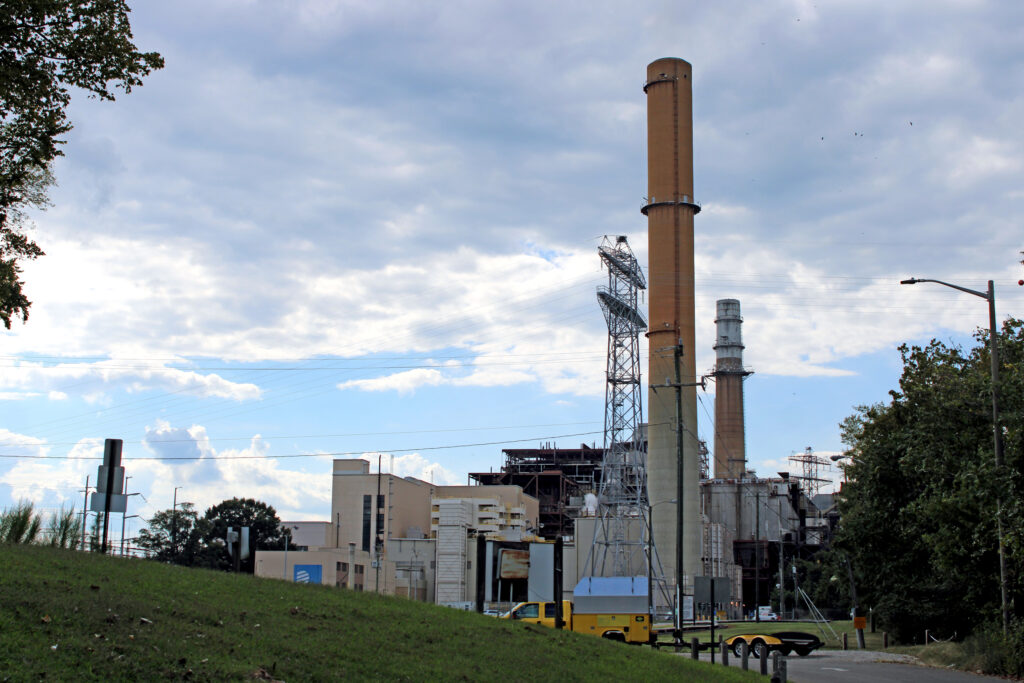Australian researchers say they have come up with a technology-based solution to detecting the onset of water quality decline in its earliest stages.
This would allow action to be taken long before the appearance of toxic algal blooms or mass fish deaths.
Spyvalve, created by Dr Alan Cottingham from Murdoch University’s Harry Butler Institute, pulls off this monitoring feat with the help of an unlikely ally: mussels. Using sensors attached to the shells of mussels, clams and other bivalves, Spyvalve ‘spies’ on the health of aquatic environments.
Under healthy water conditions, their shells remain open – when any form of pollution or quality decline is detected, shells close.
The Spyvalve software live-streams this data to the network, and, when the shells have been closed for more than five minutes, an alert is sent to researchers.
“Most mass fish-death events go unreported, and even when events are reported it often happens several days after they occur,” Dr Cottingham said.
“This is because dead fish initially sink and only become visible once they float to the surface after the gas from decomposition has built up inside their bodies.”
Consequently, Dr Cottingham said the causes of many of these fish kills and toxicity events have remained a mystery.
By utilising these shelled superspies, scientists have time to identify the root cause and implement solutions.
“The first stage is determining what the issue is – then, in most cases there are solutions. First of course is identifying sources of toxic chemicals and nutrients that fuel algal blooms resulting in low oxygen events,” he said.
“In the upper region of the Swan River, for example, the latter is alleviated by oxygenation plants.”
While larger scale runoff nutrients that fuel harmful algal blooms (HAB) like in South Australia are more difficult to address, early detection provides opportunities to reduce their impact.
“With early detection, there are ways to prevent HAB spreading – like modified clay flocculation.”
Through a partnership with the Alcoa Foundation and the Department of Water and Environmental Regulation (DWER), Spyvalves have been implemented in waterways across the Peel-Harvey Regions.
The mussels are constantly tasting the water for food, and, in turn, are keeping an eye on the area’s water quality.
“It’s not just about watching the water, it’s about listening to what the mussels have to say. And trust me, they have a lot to say,” Dr Cottingham said.



